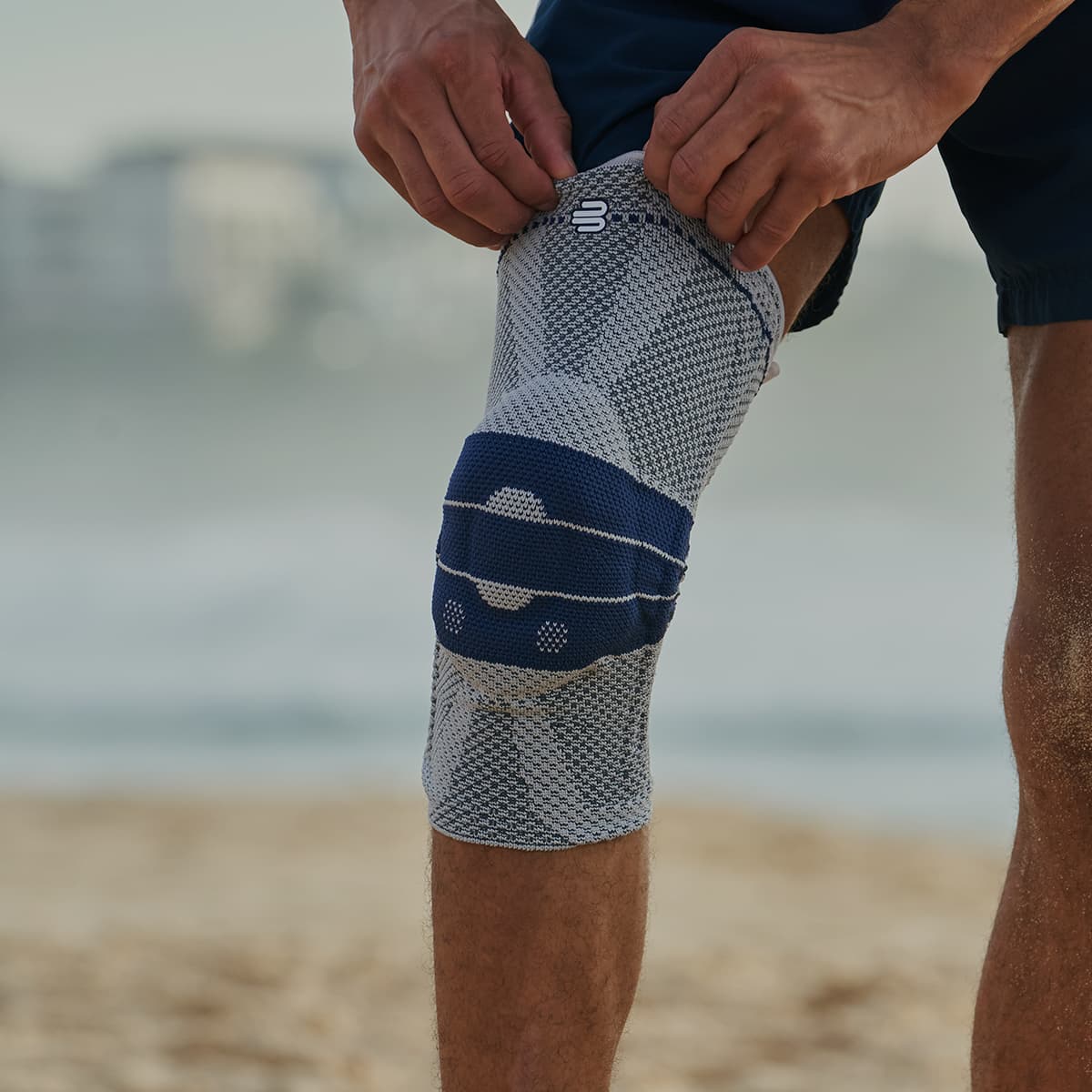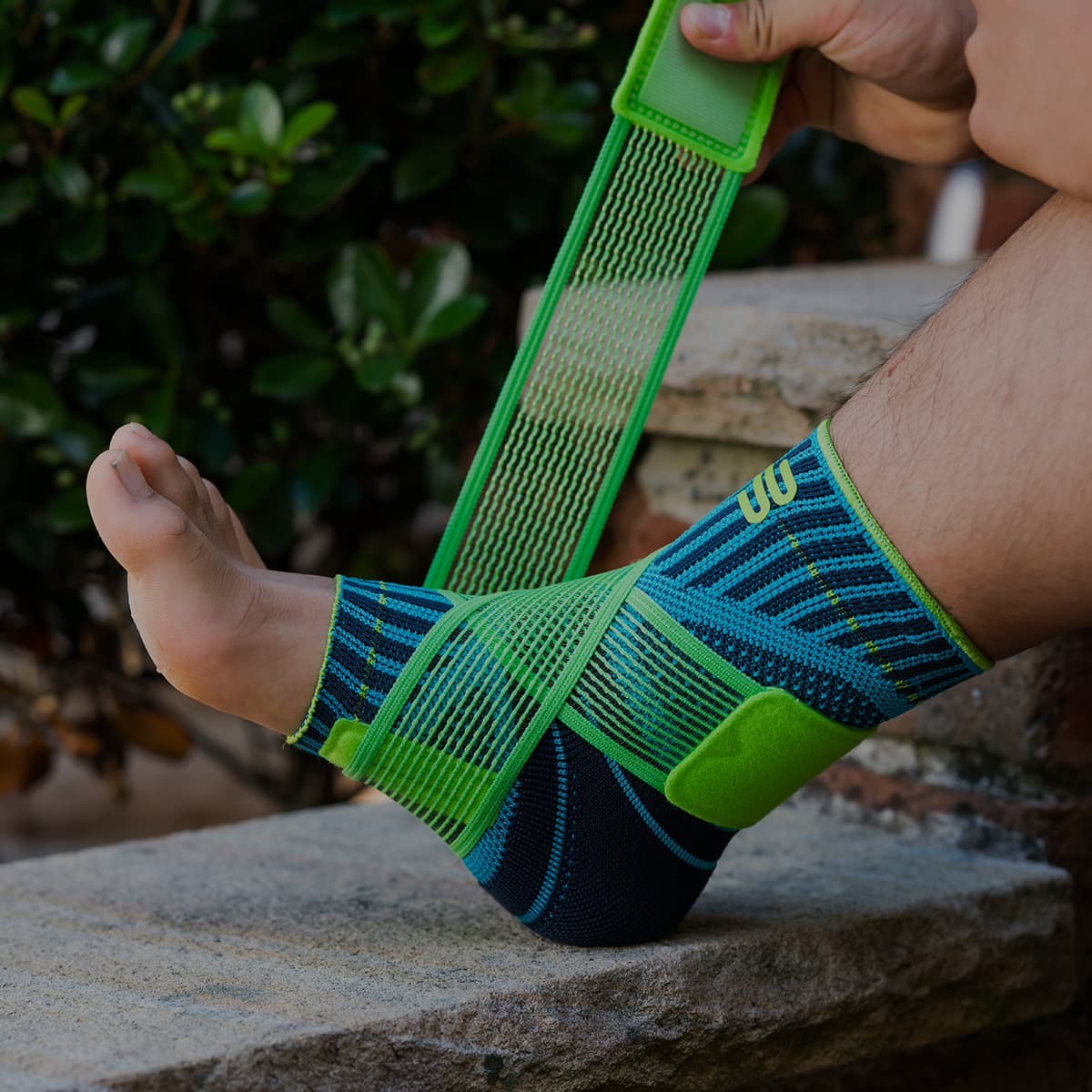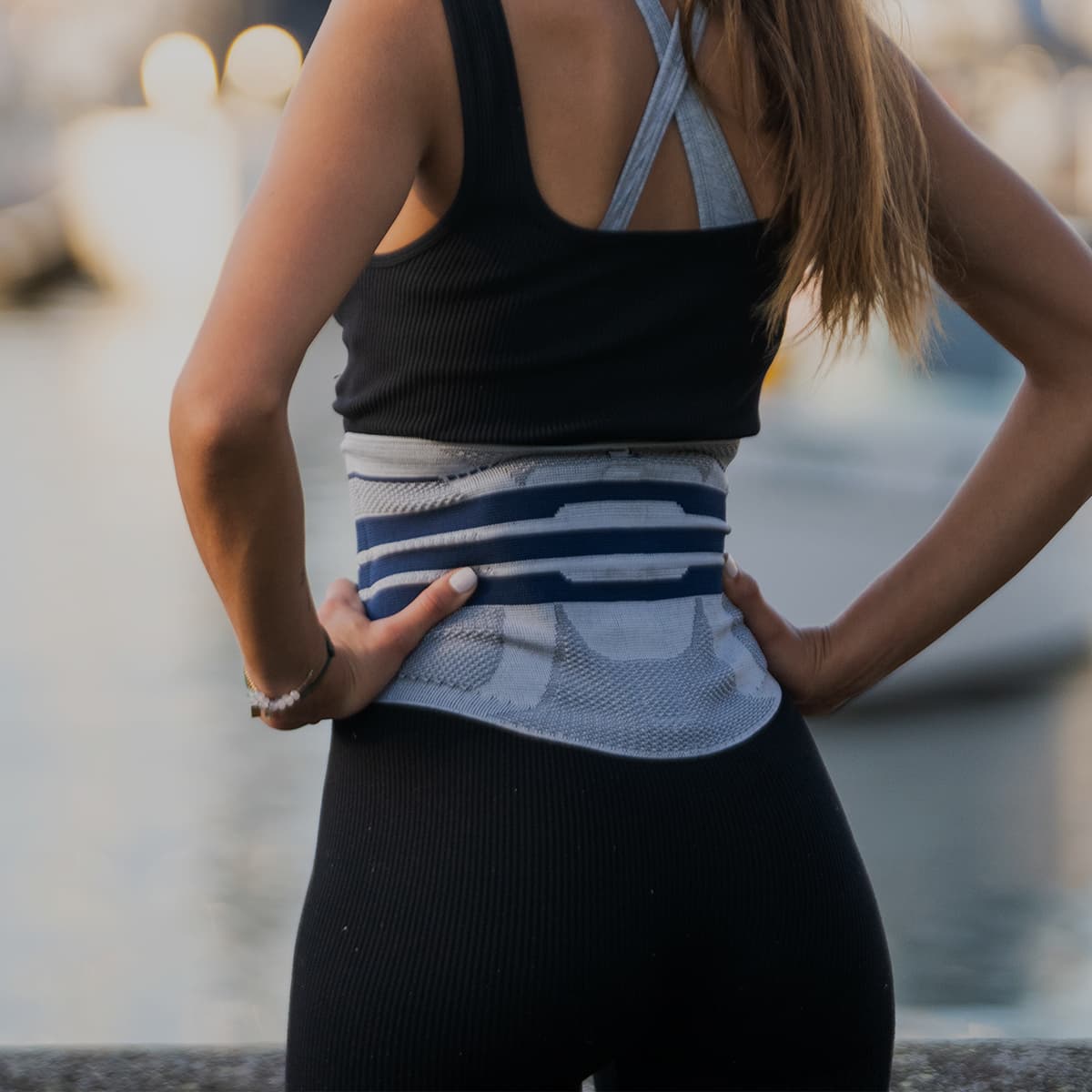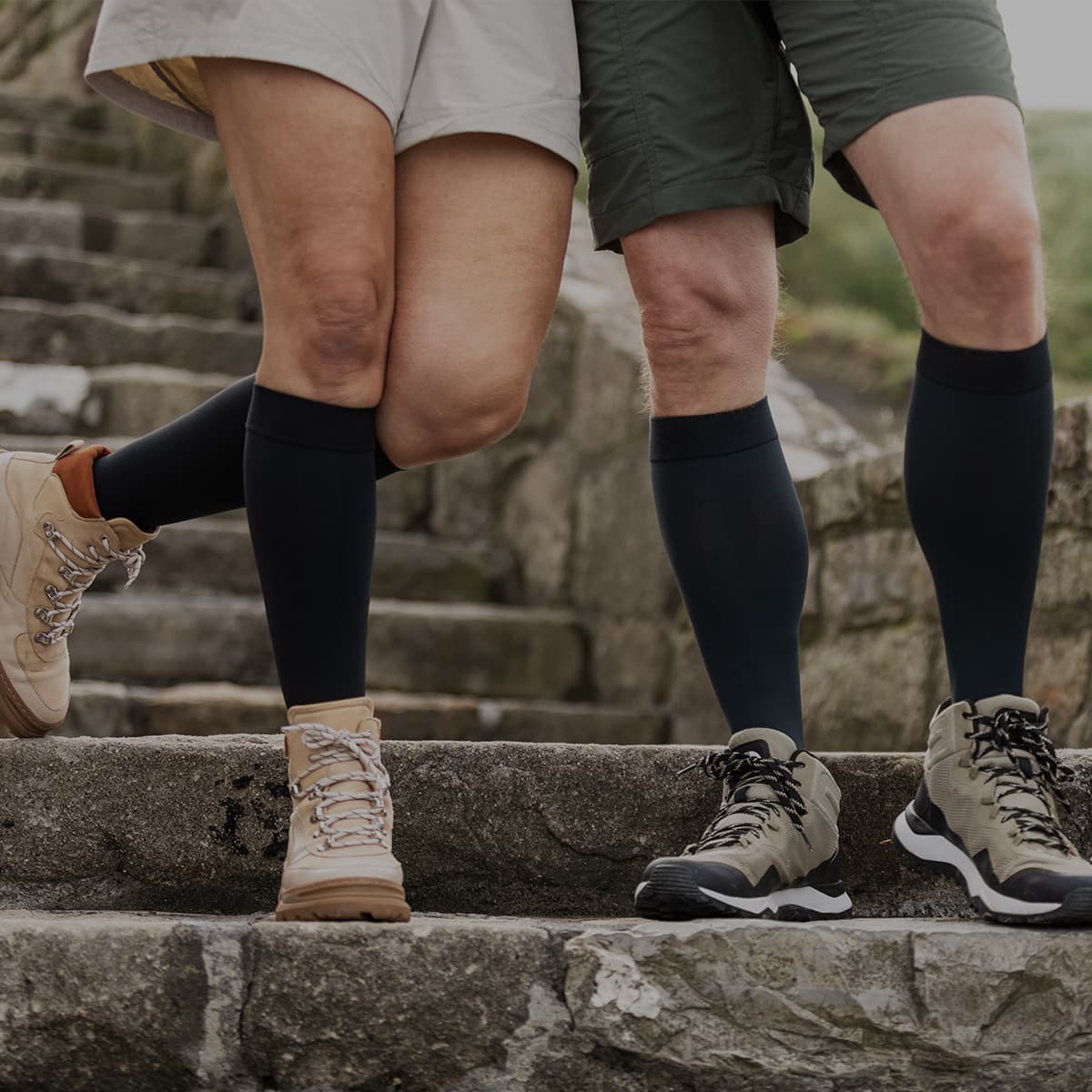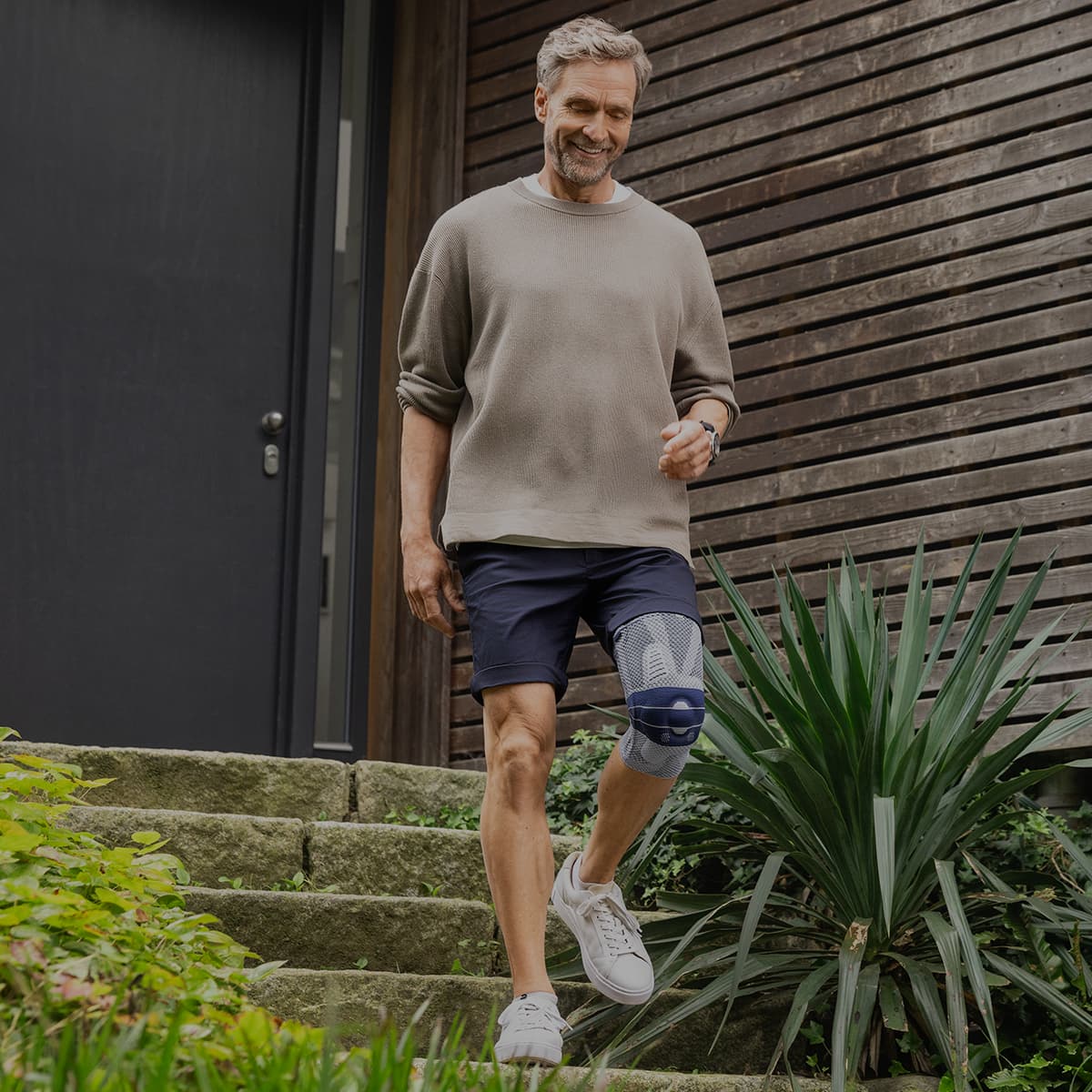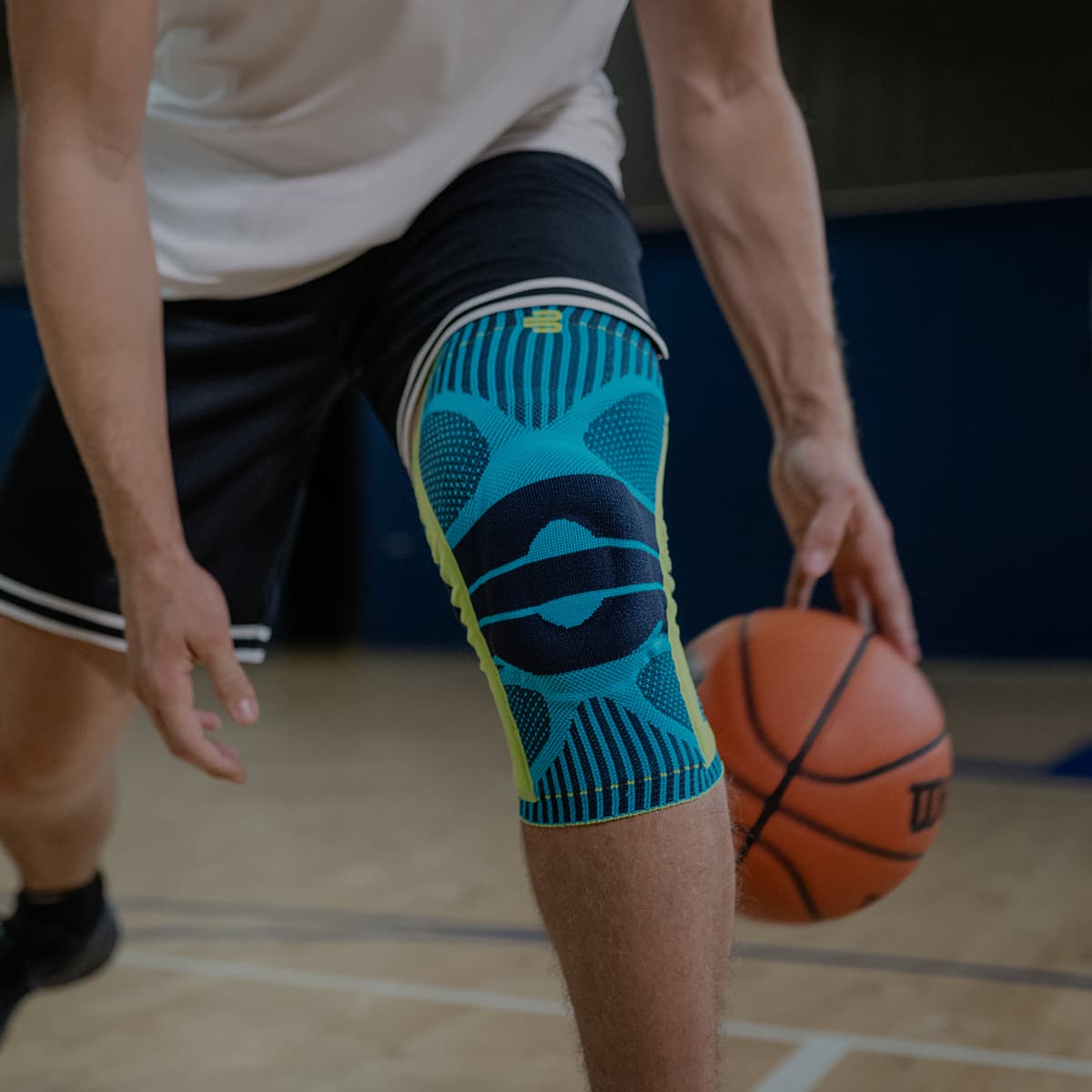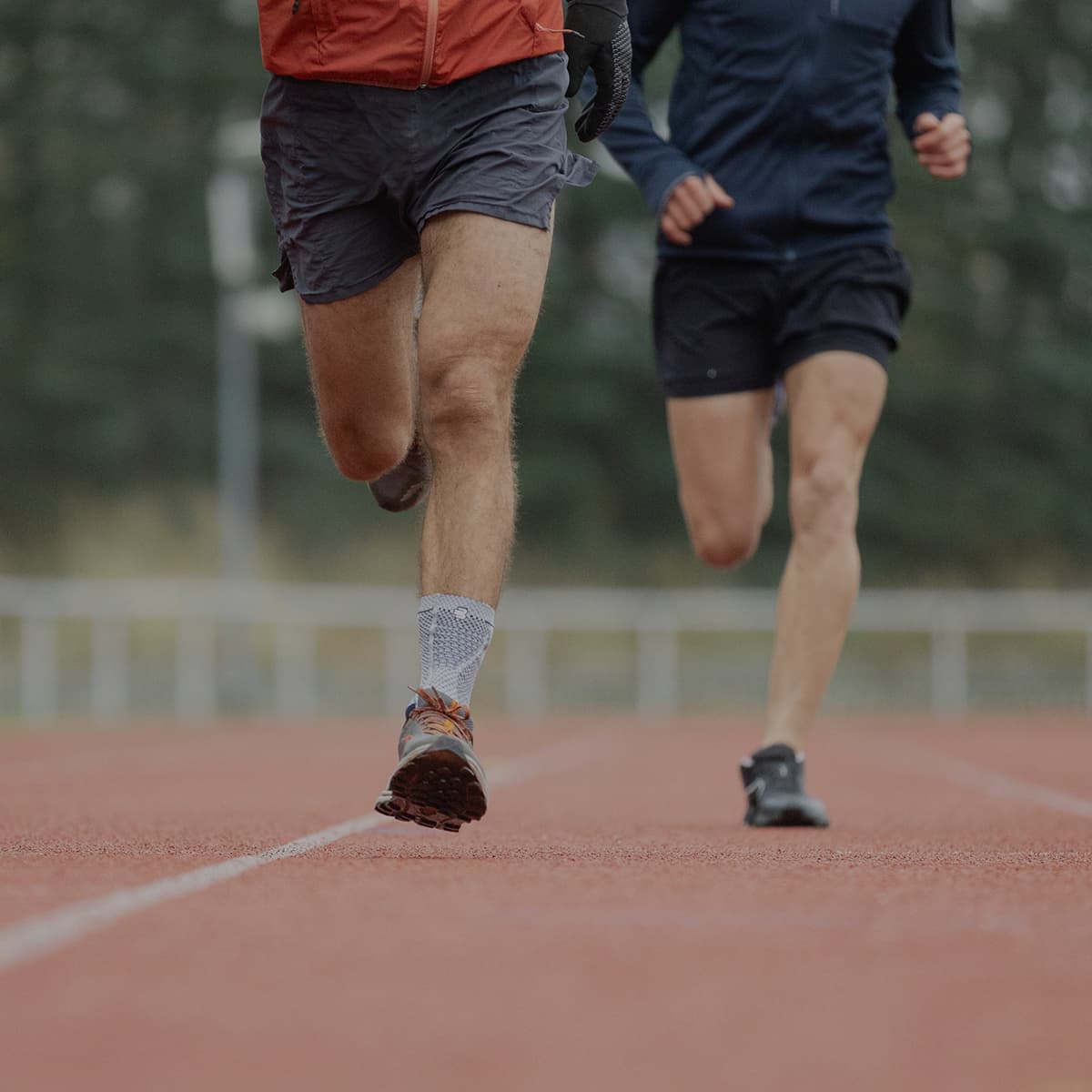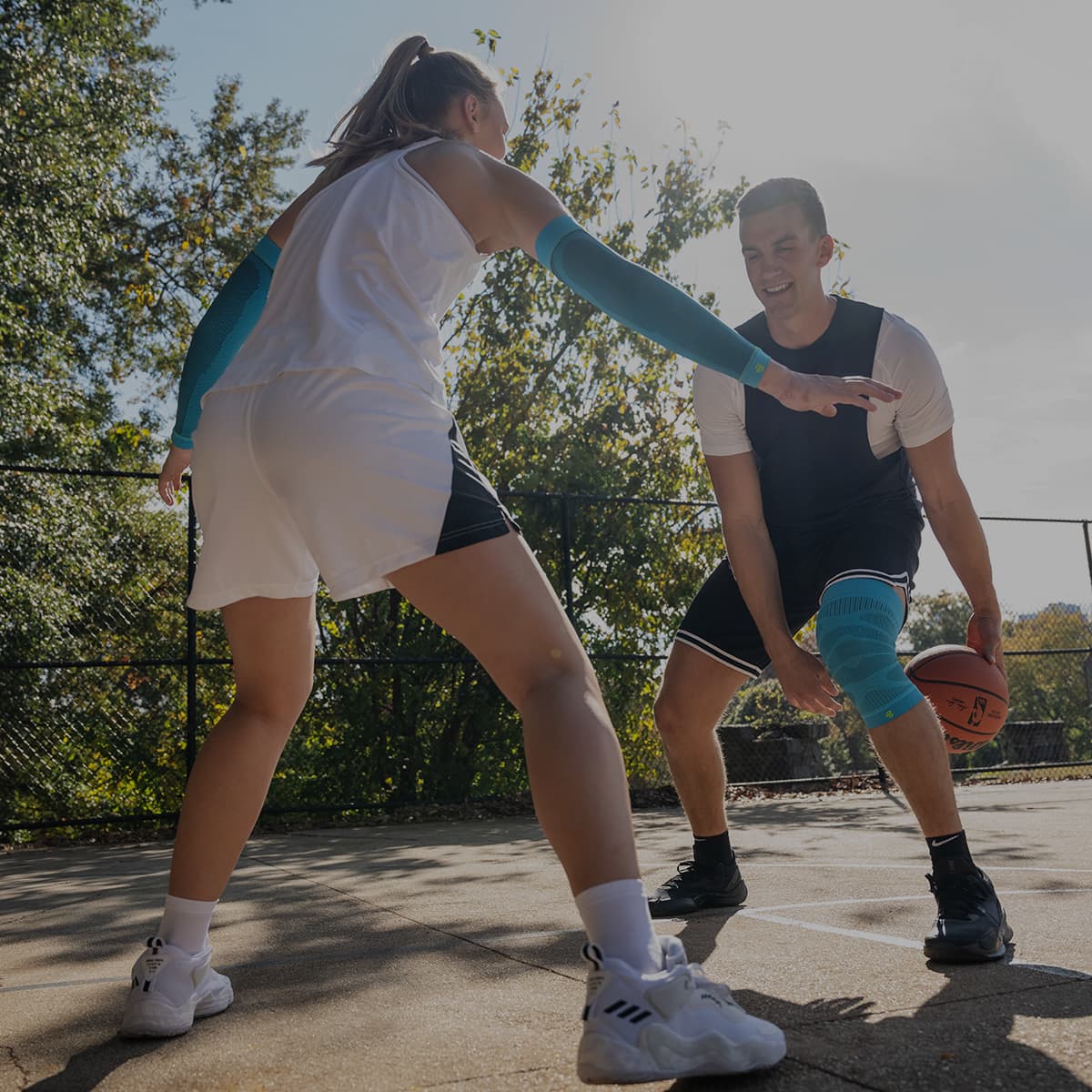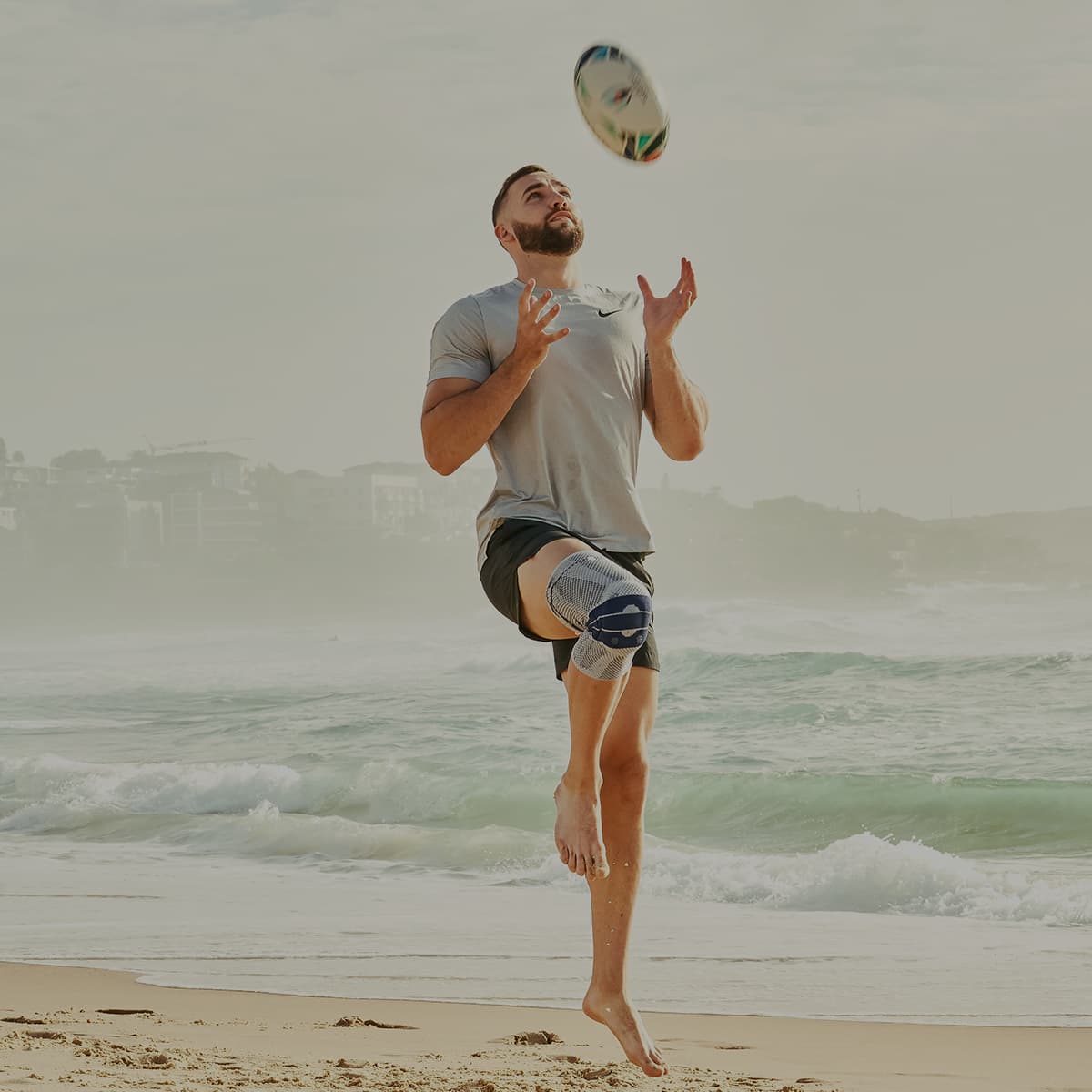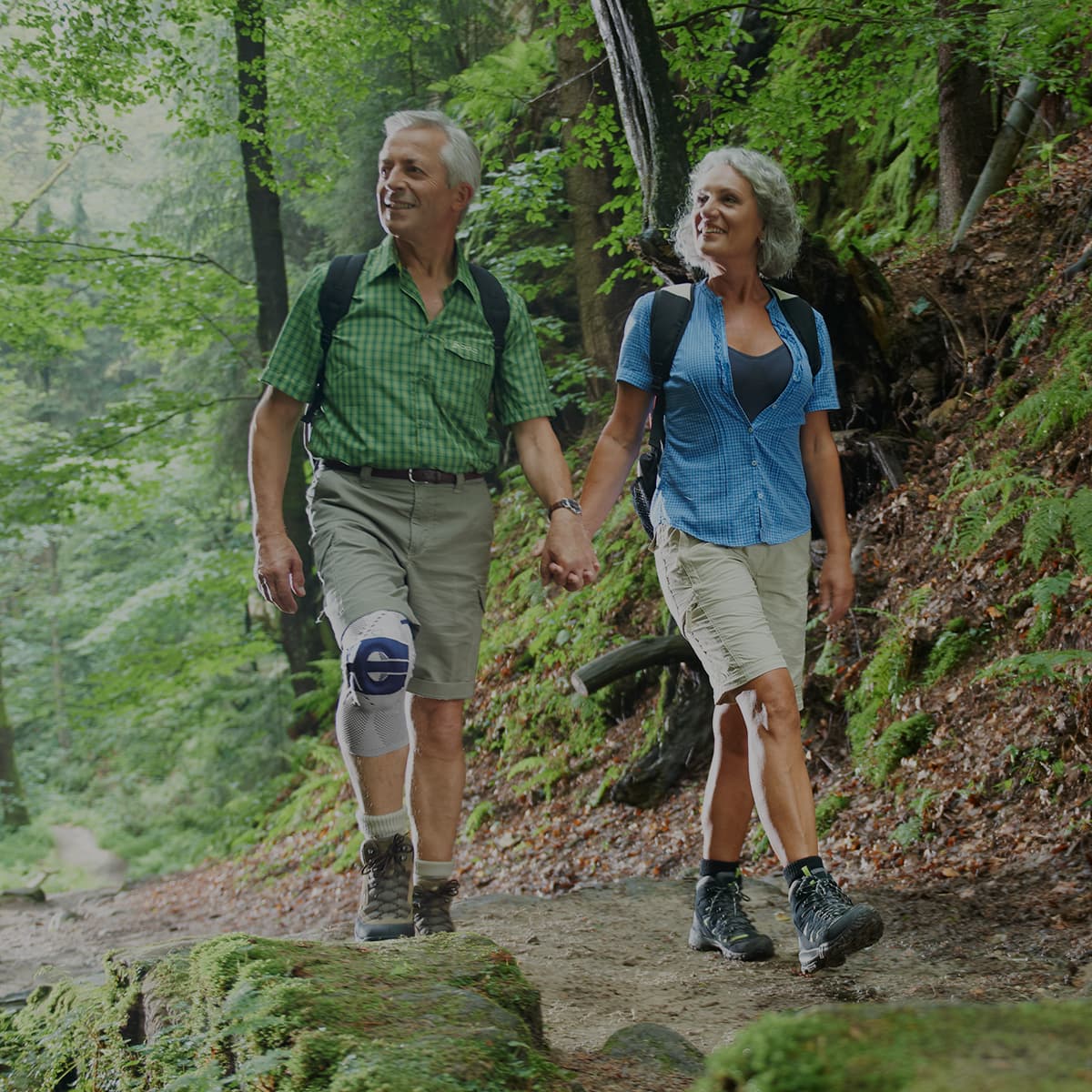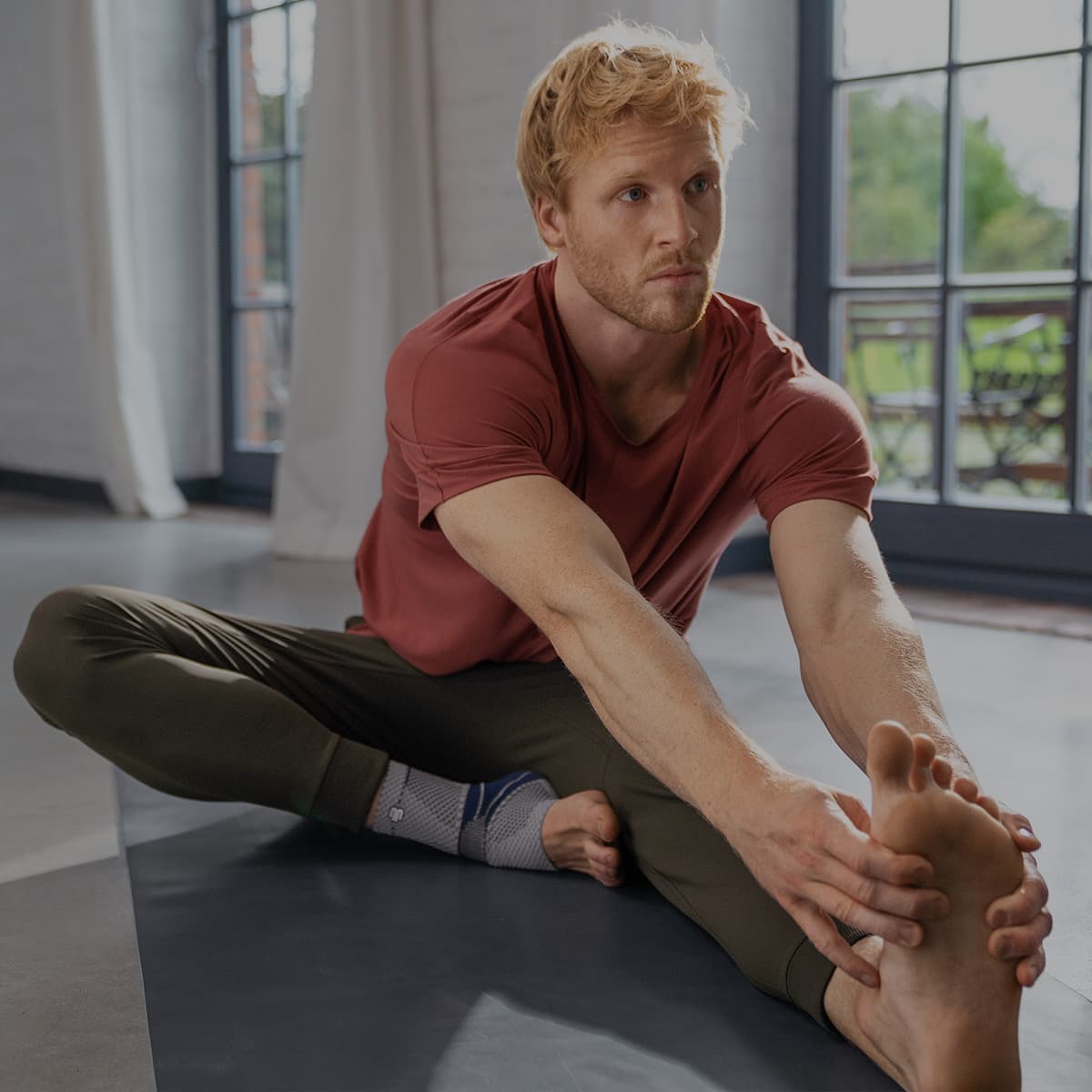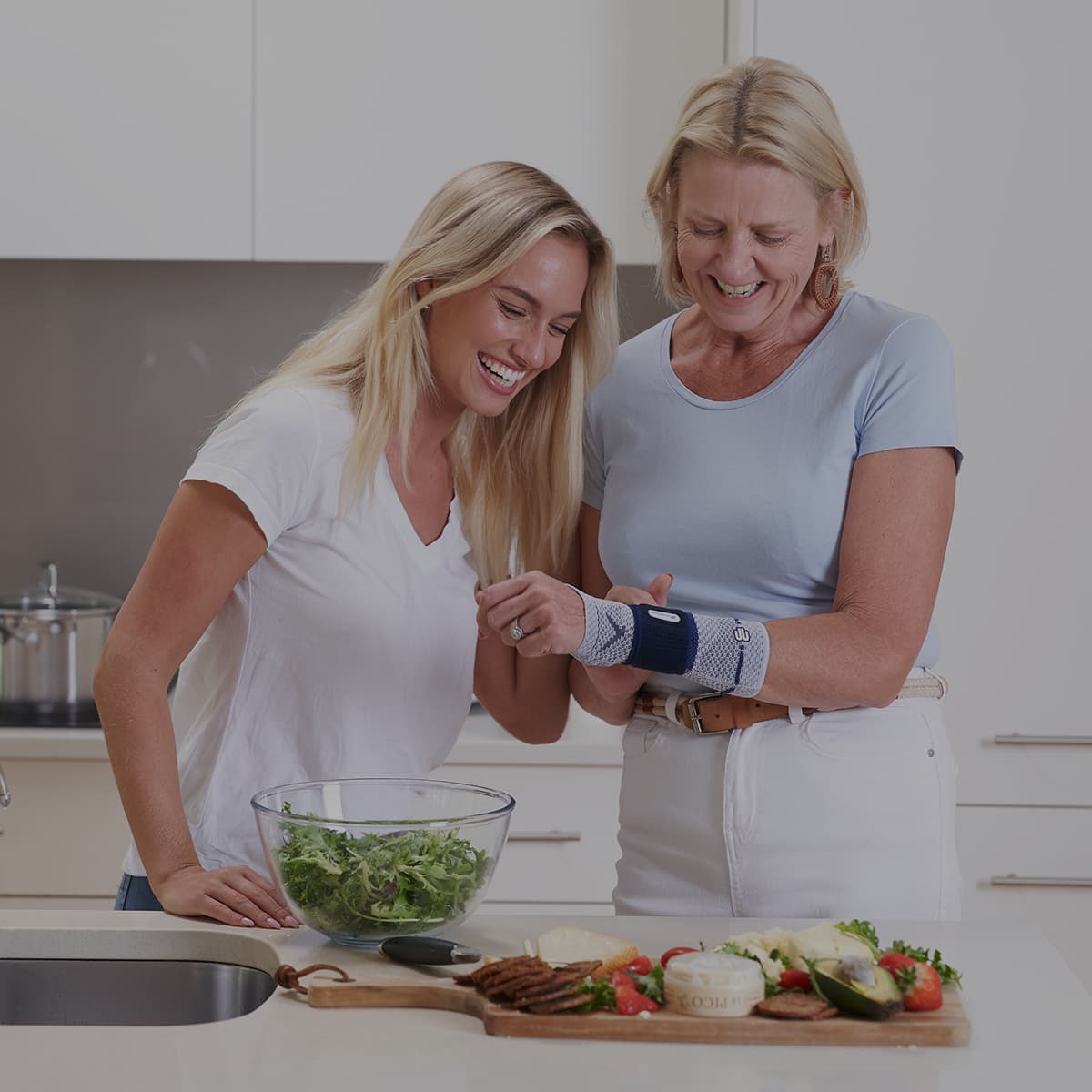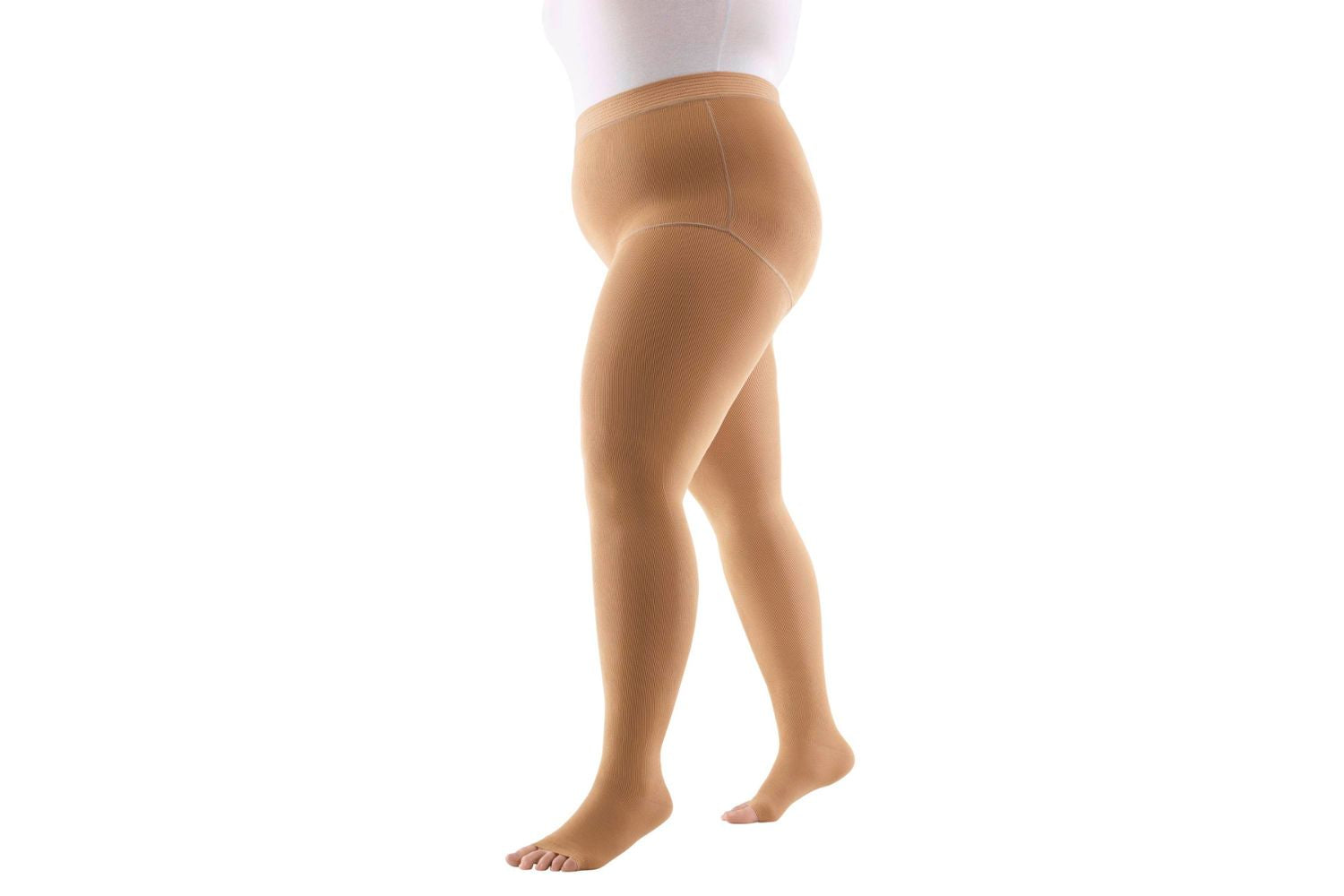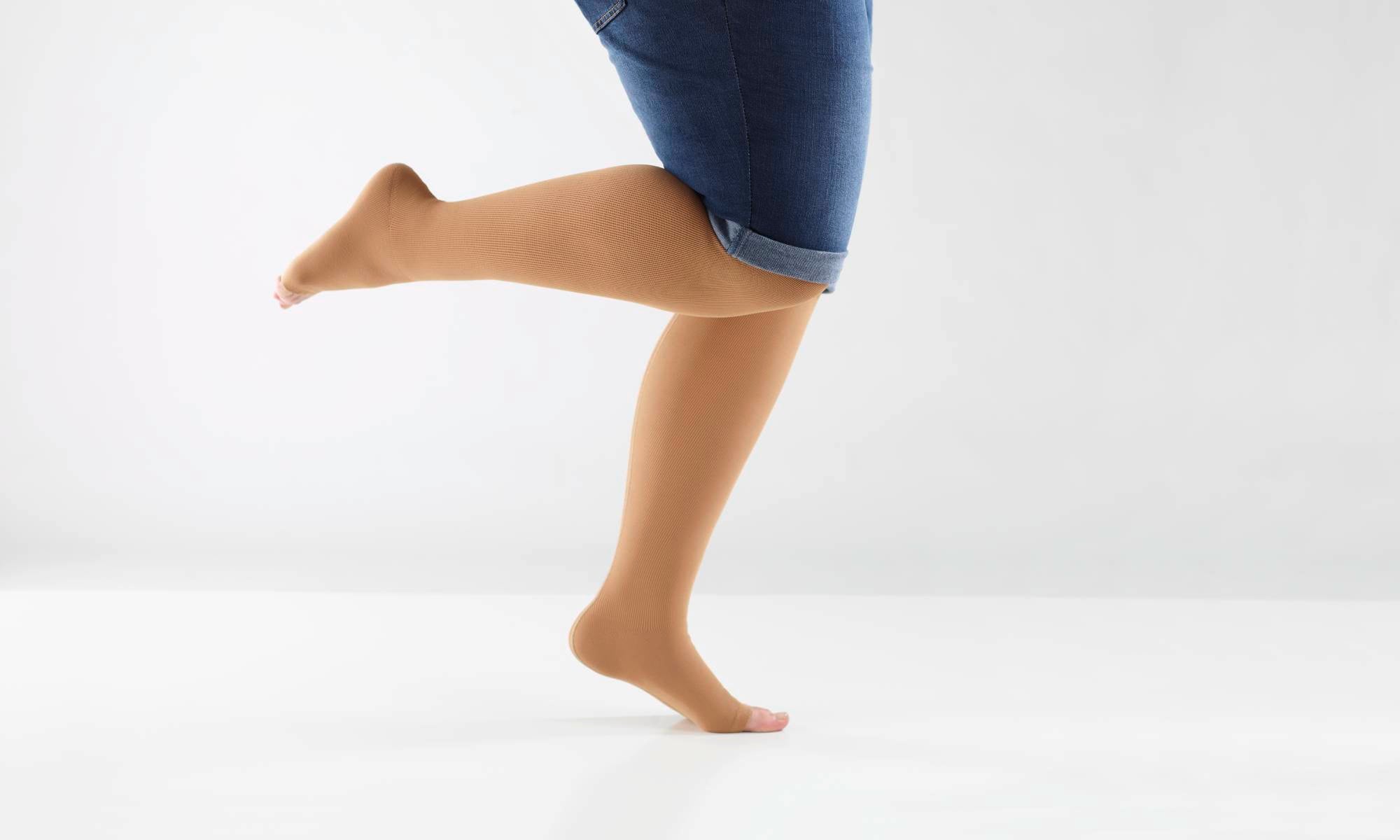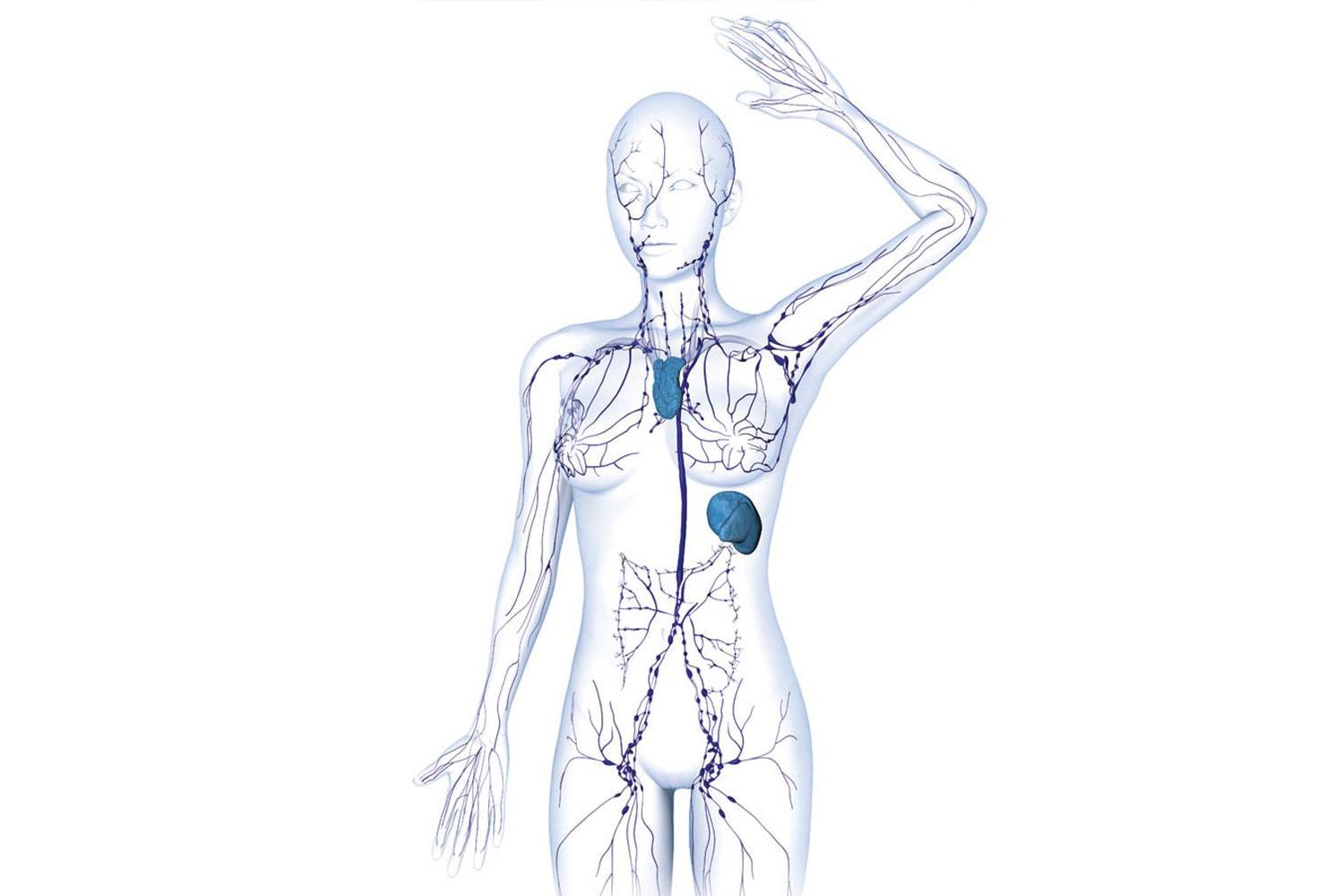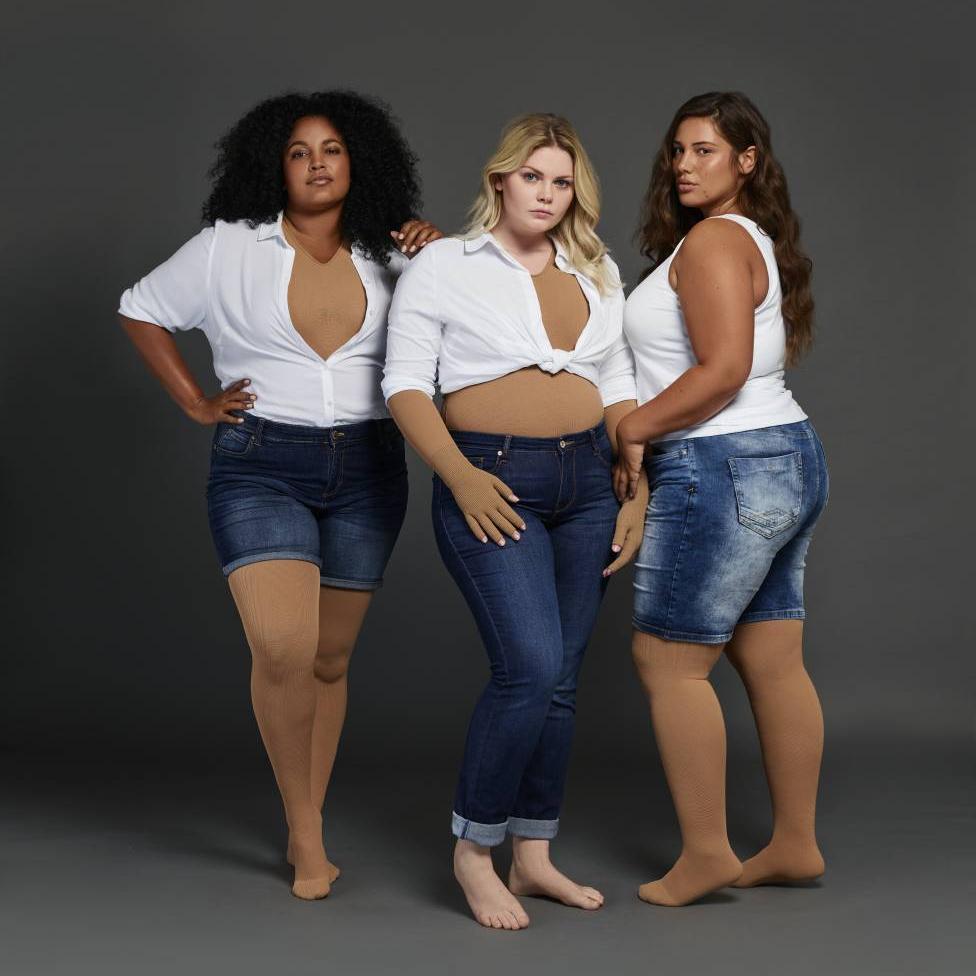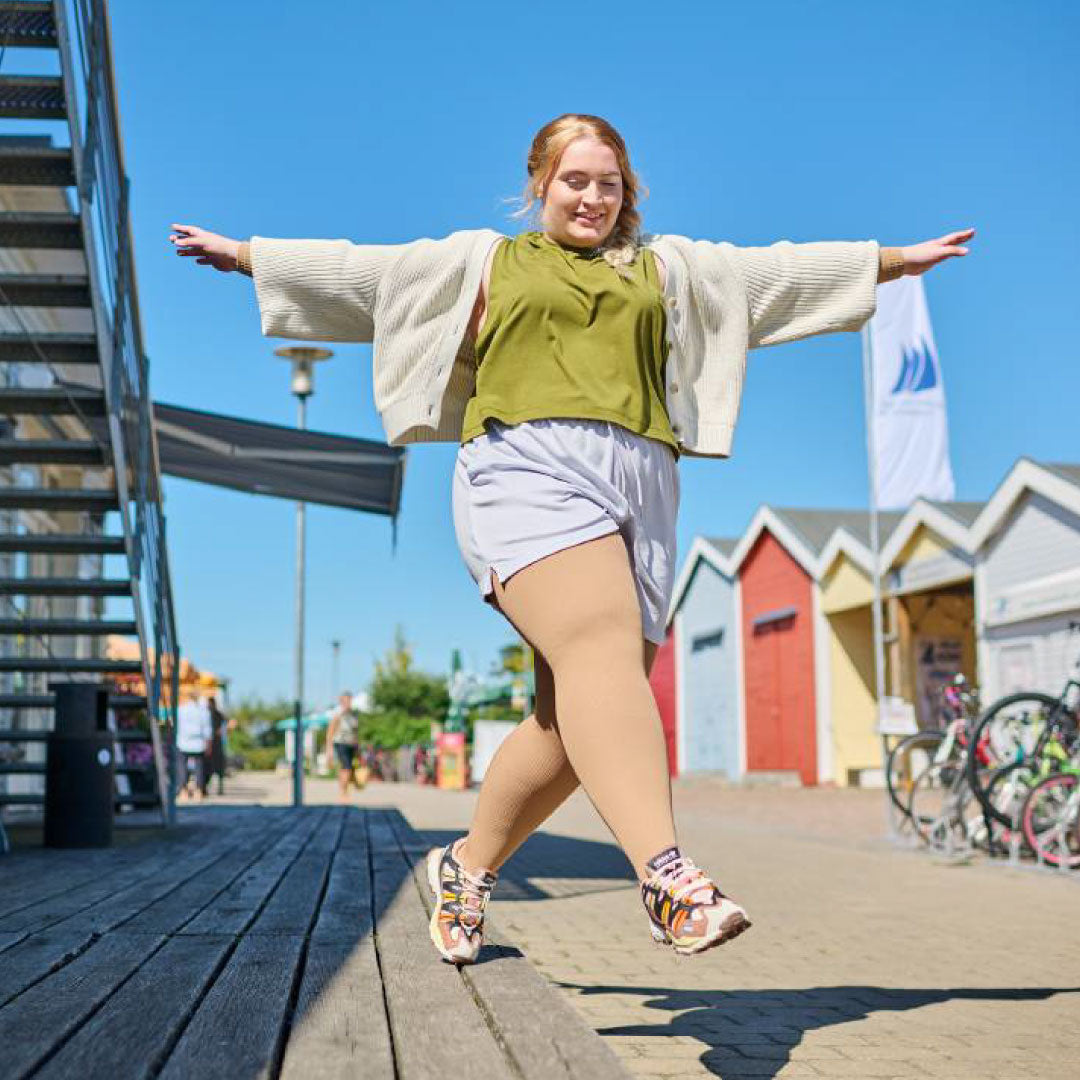Heavy, swollen legs, often associated with pain when touched and limited mobility, can have many different causes. In most cases, they're caused by one of two primary issues: a lymph drainage disorder or a fat distribution disorder. Over the years, however, the latter also affects the lymphatic system, and a combined disease develops: lipolymphedema. The legs take on conspicuous dimensions and become plump and immobile due to the extensive fatty tissue and immense water retention.
Generic Term "Water Retention": Lymphedema and Lipedema
Many adults are familiar with the problem of heavy and swollen legs, especially in summer when it's hot, or after long periods of standing. If the swelling increases or the legs look permanently misshapen for prolonged periods of time, there are a few leading causes:
Circulatory disorders of the leg veins affecting the veins
Water retention due to a lymph drainage disorder
illness causing an increase in adipose tissue
If there is a drainage disorder, it's usually lymphedema. This can be either genetic or acquired (trauma, surgery, removal of nodes) and causes intense and painful swelling of the legs or arms.
Lipedema is different: it occurs almost only in women and usually develops in adolescent girls. The fat deposits on the thighs, hips, buttocks, and lower legs begin to grow very slowly over the years.
It All Starts With a Fat Distribution Disorder
For young women, the resulting fat pads are often just uncomfortable, not painful. The peculiar fat distribution causes the proportions of the body to become increasingly unbalanced compared to the upper body and legs. Especially in the early stages, many patients are not even aware that this type of fat pad development, which progresses completely independently of all diets or sports activities, has a pathological cause. Experts estimate that the number of unreported women affected is significantly higher than the estimated four million known patients. Special hormonal phases such as puberty or pregnancy usually speed up development significantly. Anyone who notices an intense increase in large-volume fatty tissue on the thighs and hips, which does not decrease even with weight loss, should seek medical advice.
Progressive Disease - More Severe Symptoms
If left untreated, lipedema will continue to develop and progress through numerous stages, with the leg circumference steadily increasing and water retention also occurring. Because the lymph system can still work completely normally in the first few years, the increasing pressure in the leg disrupts the lymph vessels. This affects the lymph flow more and more, making it harder for your body to process general waste. That is why many patients who suffer from untreated lipedema sooner or later also develop a lymphatic drainage disorder, most often lymphedema. In this case, it develops into lipolymphedema, also known as stage 4 lipodema.
Important: Lymph congestion in the legs can have serious consequences because it promotes the formation of infections and severe circulatory disorders. If suspected, you should consult a specialist immediately.
The Stemmer Sign - Lipedema With Impaired Lymphatic Drainage?
The transition from lipedema to lipolymphedema cannot be clearly determined from leg circumference or water retention. This leads to the use of the: Stemmer sign", a diagnostic method that manifests as lifts or folds of the skin on the top of the second toe. Because the feet are not affected in pure lipedema, this "pinching" is still possible until lymphedema develops. Only when the lymph can no longer drain properly is the skin on the toes so under tension that it can no longer be lifted off. The Stemmer sign is therefore an essential element of diagnostics: It shows which therapy options are particularly suitable and which are not.
What to do if there is Heavy Water Retention
Manual decongestion therapy is used for lipolymphedema. It includes the following treatments:
- Daily compression therapy with a compression garment.
- Physiotherapy and daily exercises at home once or twice a week.
- Regular skin care, including moisturising and soft massage.
- Manual lymphatic drainage is performed once or twice a week, usually by a specialist.
Many doctors prescribe manual lymphatic drainage even before a confirmed Stemmer sign, although its benefit isn't as high in these cases. This is why many prescriptions for manual therapy have the note "lipolymphoedema," although the doctor only mentioned lipoedema.
Even in these cases, it's still best to do so sooner or later. Most patients develop a lymph drainage disorder. The sooner action is taken, the easier it is to manage and control the progression of the disease. In addition, a gentle massage is very pleasant and also relieves the pain caused by lipedema. It is always essential to have a compressive garment after the lymphatic drainage to maintain and support the effect, for example, with compressive bandages or suitable compression stockings.
Compression Therapy With VenoTrain Curaflow for Lipolymphedema

VenoTrain CuraFlow
Contact our team to order your pair.
Lipolymphedema, which is associated with extensive water retention and increasing fat tissue, cannot be cured. However, therapeutic measures—for example, wearing high-quality compression products such as VenoTrain CuraFlow—provide relief and help manage the progression of the condition.
No matter how mild or severe the condition, the compression garments are ideal, as they come in various compression classes for each person. The pressure applied by the breathable flat-knit fabric and movement is essential. It shapes the affected body regions, increasing the effectiveness of the lymphatic system, and in this way reduces excessive swelling. This relieves the affected areas of swelling and pain, improving mobility, body image and quality of life.
VenoTrain CuraFlow compression products are always custom-made for each person and built with the compression pressure specified by the doctor.
High-quality microfiber is used to make everyday wear as comfortable as possible. This ensures a comfortable, soft, and ultra-breathable surface on the skin. Special designs—such as the extra-soft weave on the back of the knees, the standard soft tip on the foot, or specially designed comfort zones—improve the comfort properties and thus make it easier to wear.

